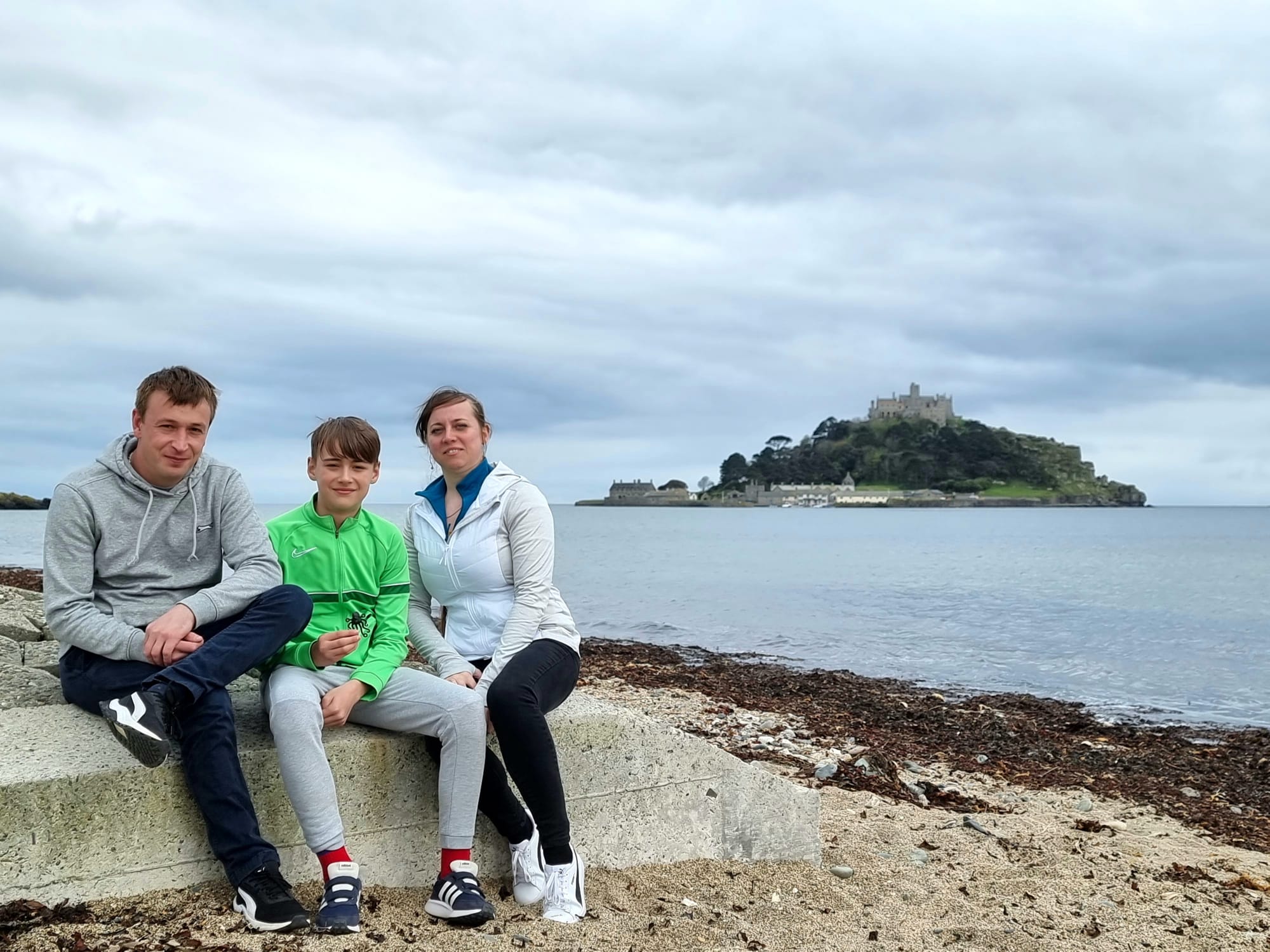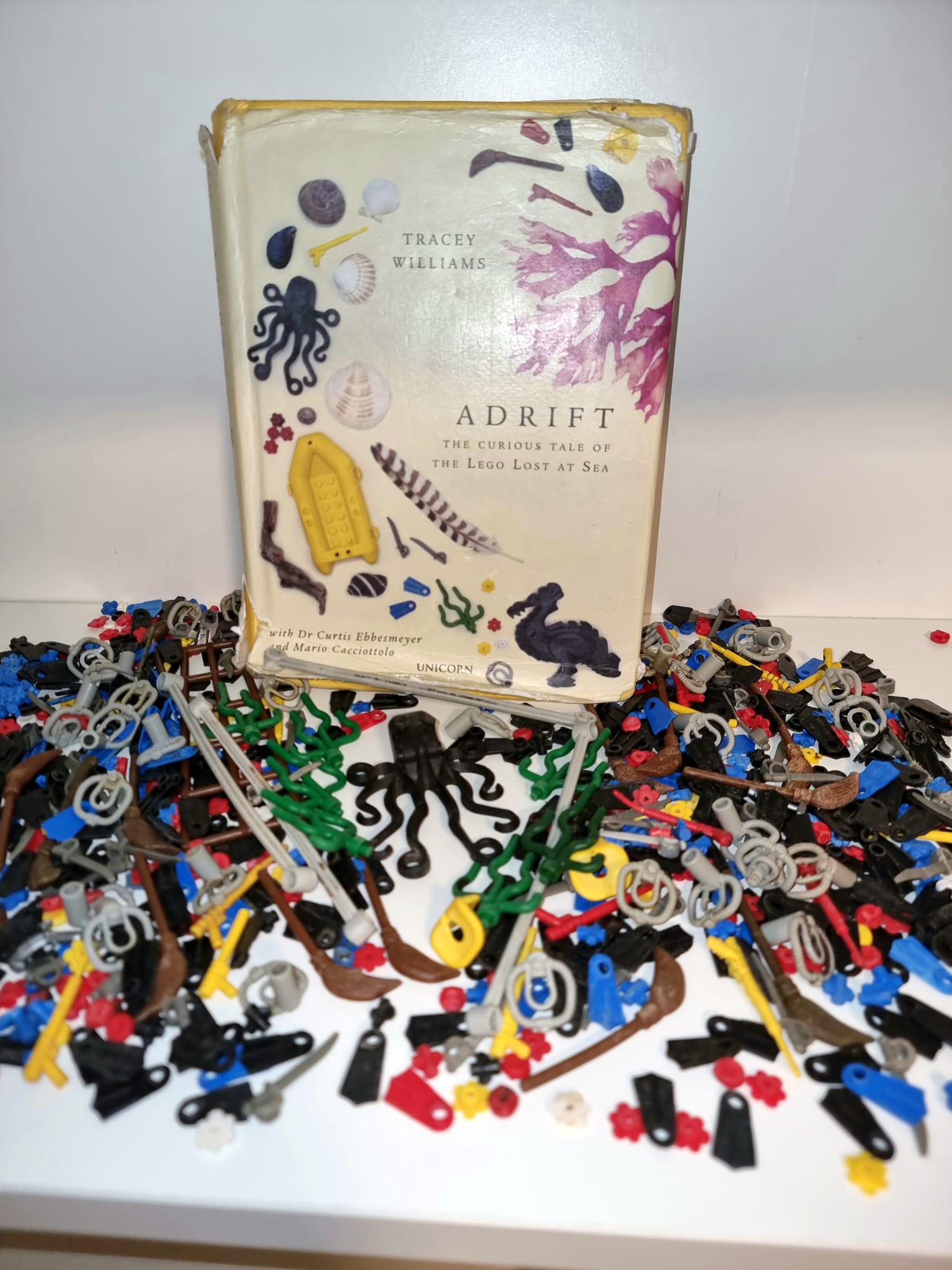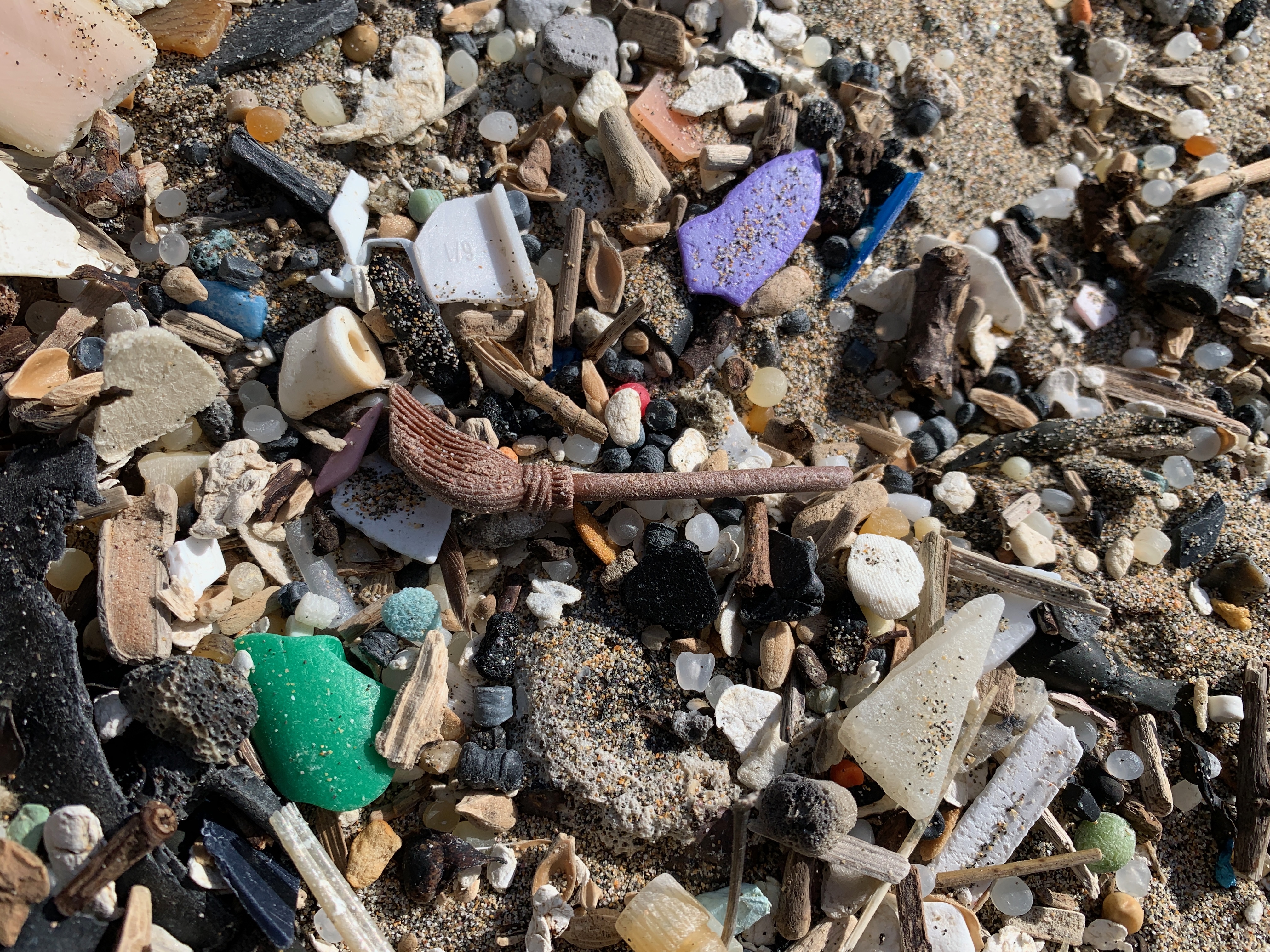Beachcomber, 13, finds ‘holy grail’ Lego octopus washed ashore from 1997 spill
Nearly five million pieces of Lego spilled into the sea in 1997 when a cargo ship encountered a storm.

A 13-year-old boy who has collected almost 800 pieces of Lego that spilled into the sea from a shipping container in the 1990s has finally found a “holy grail” plastic octopus after two years of searching.
Liutauras Cemolonskas told the PA news agency he was “happy” to have found the rare octopus, which was one of nearly five million pieces of Lego that fell into the sea in 1997 when a cargo ship encountered a storm.
Among the Lego pieces that fell into the sea were 352,000 pairs of flippers, 97,500 scuba tanks, and 92,400 swords – but octopuses are the most prized objects as only 4,200 were onboard.
Liutauras, based in Cornwall, explained that he regularly goes down to the local beaches with his parents and has amassed 789 Lego pieces over the course of two years, as well as numerous fossils.
Father Vytautas Cemolonskas, 36, told PA: “We’ve been looking for that octopus for two years, it’s not easy to find.
“We were not expecting to find it at all because it’s very rare.”

He explained: “I was interested in archaeology when I was a kid and later Liutauras started doing (beachcombing) too, so we were always just doing it together as a family.”
Liutauras’s next goal is to find one of the 33,941 dragons that fell into the sea after the accident, in which 62 cargo shipping containers toppled into the water during a storm 20 miles off Land’s End, Cornwall.
Beachcomber Tracey Williams is behind the Lego Lost At Sea project which has spent years finding the plastic pieces since they spilled into the ocean.
She told PA it was “quite exciting” that a second Lego octopus was found two days after Liutauras’s discovery, this time in Porthleven.
“I think that’s because we had a very high spring tide coupled with strong onshore winds and when the two collide, the waves eat into the dunes that then release a lot of the plastic that has washed up,” she explained.
“I think there’s something quite magical about the octopuses.
“They’re often seen as the holy grail of finds from that shipping container.”

“I found one octopus back in 1997 and I didn’t find another for 18 years,” she said.
“I think people do love to find a bit of Lego when they’re doing a beach clean and many see it as as a reward for all the work they’ve put into cleaning the beaches.”
Ms Williams has been working on research related to the cargo spill and wrote a book, called Adrift: The Curious Tale Of The Lego Lost At Sea, about the accident.
She also runs popular social media accounts dedicated to highlighting the toy scavengers’ finds.
“I’m recording where it all washes up so we’re working on a map that will form part of a scientific paper to show how far plastic from a cargo spill drifts and what happens to it over time,” she said.

“I mean, it’s intriguing to know what’s happened to all the rest of the Lego that we’ve never seen.
“There are so many cargoes spilled every year, but you very rarely hear what happens to the goods inside and what we know from the Lego story is that 27-year-old plastic that was inside that shipping container is still being found.”
She said the cargo spill is “part whimsical, part doom-laden”.
Collecting the Legos “started as a bit of fun and it gradually opened my eyes to how much plastic was in the ocean”, she said.





